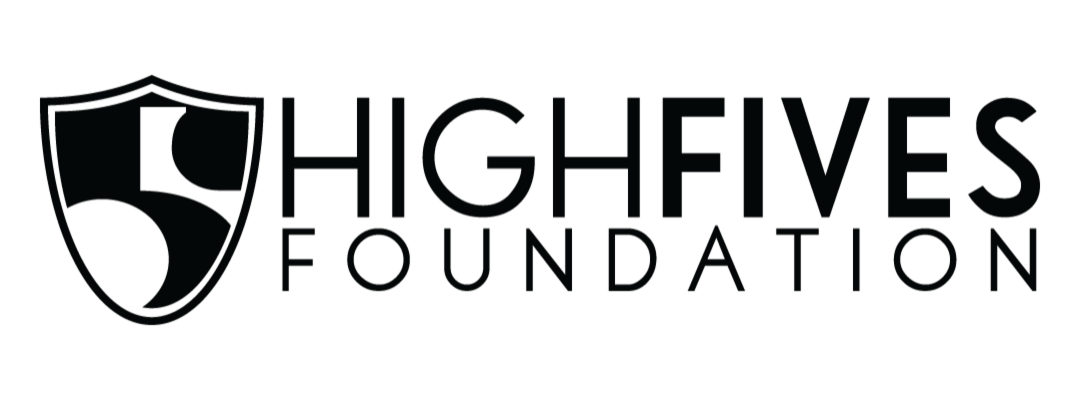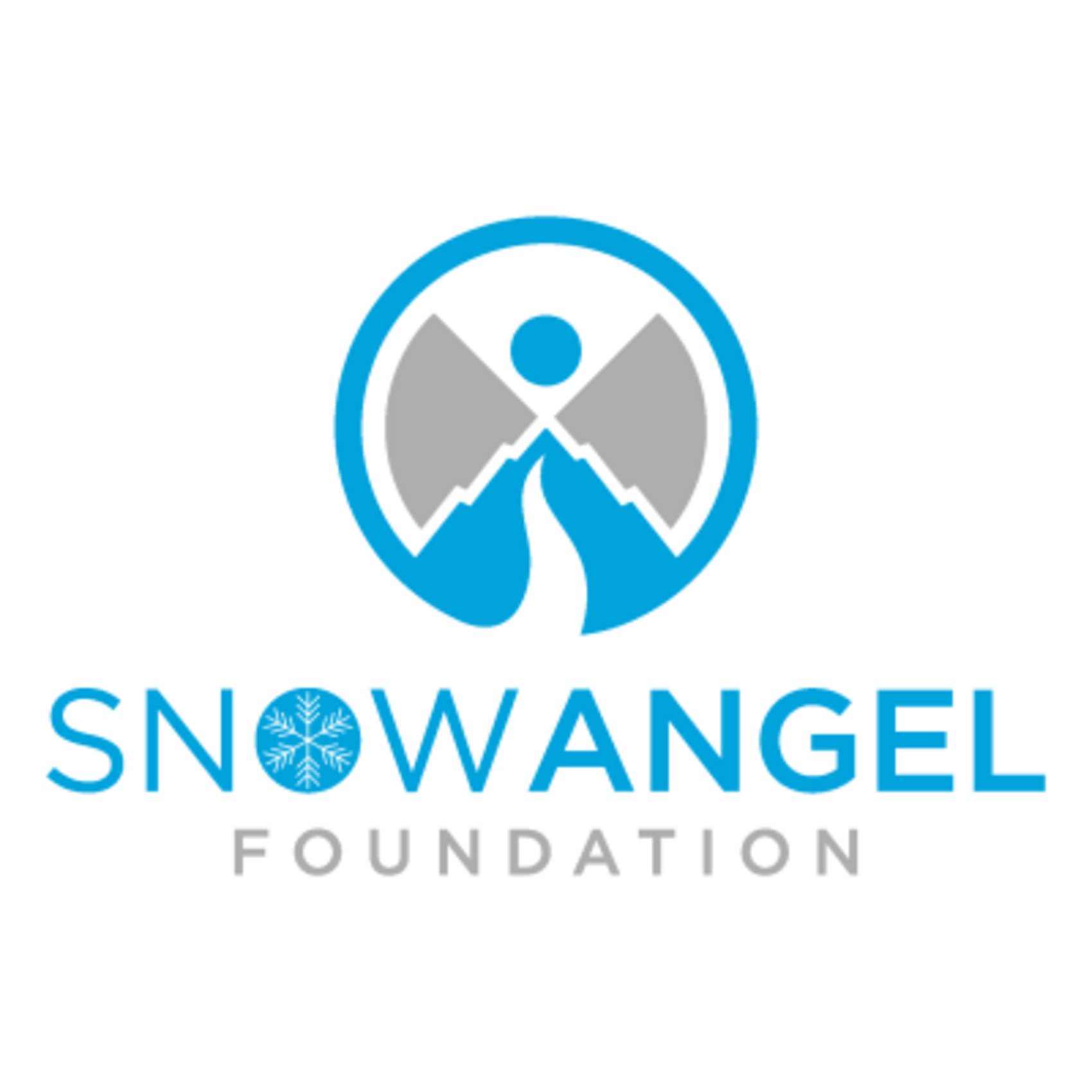The High Fives Foundation is a nonprofit organization dedicated to preventing life-altering injuries in outdoor sports and providing support to injured athletes through recovery programs, education, and grants.

The Snow Angel Foundation, founded in 2023, promotes ski and snowboard safety education and awareness, inspired by the Johnson family's mission to prevent collisions and honor their late daughter through advocacy and the Ride Another Day campaign.
